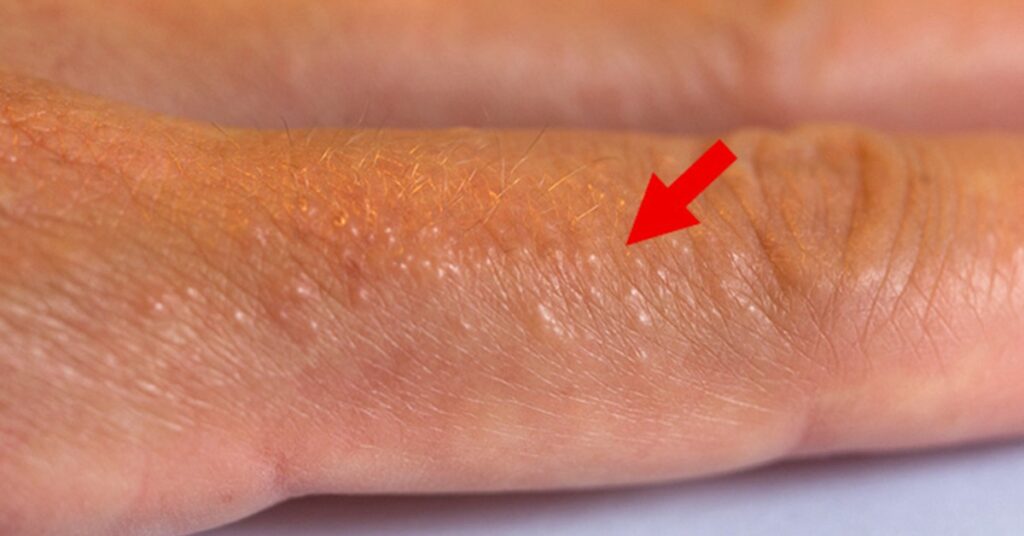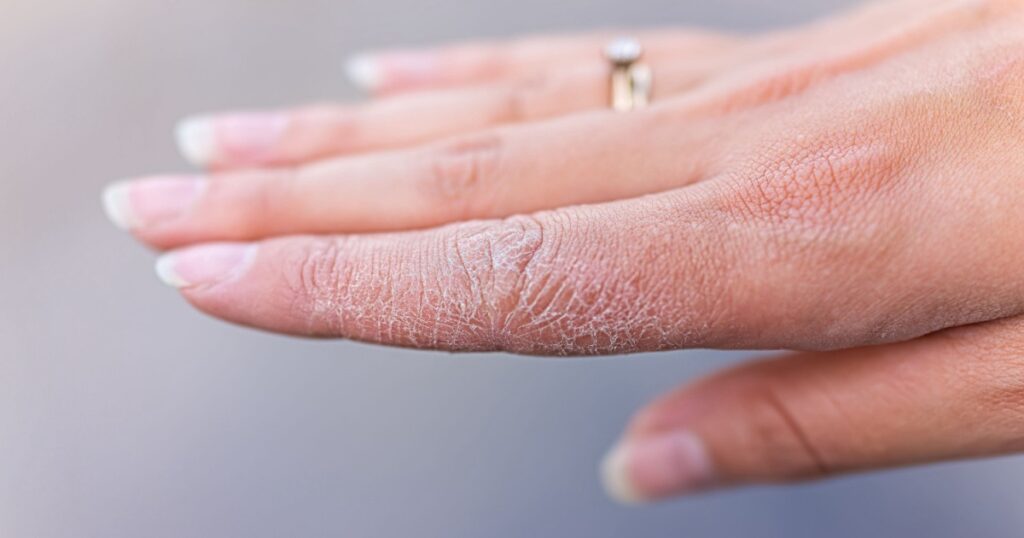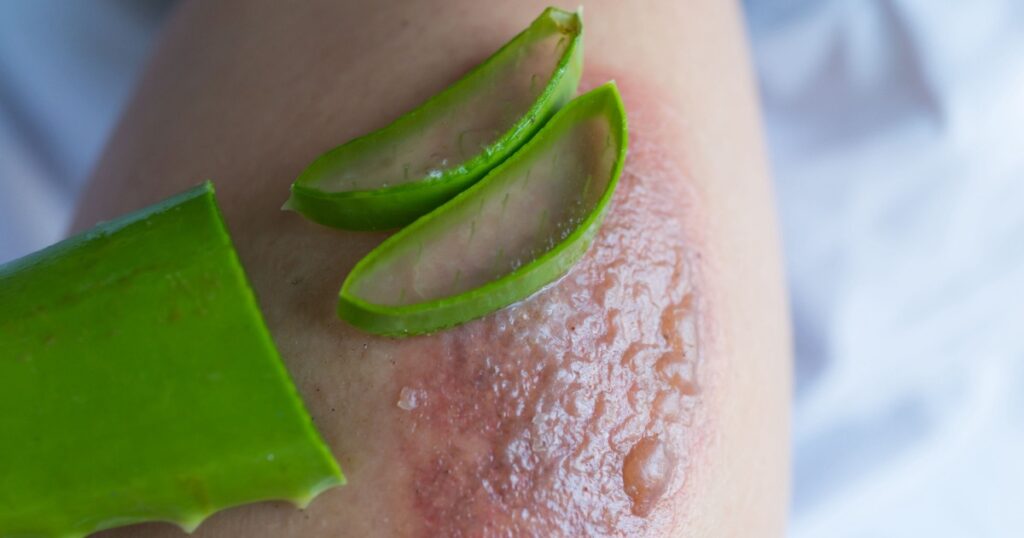Dyshidrotic eczema, also known as pompholyx, is a common skin condition that typically appears in the spring. While it cannot be cured, it can be managed.
This form of eczema is characterized by small, itchy blisters that often show up on the edges of fingers, toes, palms, and soles of the feet. The blisters can be quite painful and may cause redness, flaking, and cracked skin.
Eczema is a term that covers a group of diseases causing skin inflammation, or dermatitis. It affects around 35 million people in the United States, with 70% of cases occurring in children under five.

The symptoms of eczema include red, itchy, and swollen skin with fluid-filled bumps that might ooze and crust over. These flare-ups can be triggered by allergic reactions or may be genetic, but eczema is not contagious.
Dyshidrotic eczema is a chronic and recurring condition. It often appears symmetrically on the palms, fingers, and soles, and it features small, deep-seated vesicles (1–2 mm in size) that eventually dry up and scale over a few weeks.
The condition goes by various names, including acute and recurrent vesicular hand dermatitis, acute palmoplantar eczema, and vesicular endogenous eczema. When it affects the hands, it’s called cheiropompholyx; when it affects the feet, it’s referred to as podopompholyx or pedopompholyx.

Before starting any treatment, it is crucial to get a proper diagnosis, as not all skin inflammations are related to dyshidrotic eczema. Common symptoms of this condition include deep-set blisters, itching, redness, flaking, scaly or cracked skin, and pain.
People with other skin conditions such as contact dermatitis, atopic eczema, or hay fever are more likely to develop dyshidrotic eczema. Unfortunately, this condition can also become infected, which can slow down the healing process.
Although there is no cure for dyshidrotic eczema, there are several treatments to manage its symptoms. Conventional treatments include corticosteroid creams or ointments, UV light treatments, draining large blisters, antihistamines, anti-itch creams, and immune-suppressing ointments like Protopic and Elidel.

In addition to these treatments, some natural remedies can help soothe the condition. Keeping the skin clean and moisturized is crucial for managing eczema. Home remedies include cold compresses, aloe vera, and oatmeal. Cold compresses can reduce inflammation when applied for 15 minutes, two to four times a day, followed by a moisturizer.
Aloe vera is known for its soothing properties and can be applied directly from the plant or through a natural aloe vera lotion. Oatmeal, with its anti-inflammatory properties, can also help alleviate the symptoms of dyshidrotic eczema when applied to irritated skin. These natural methods can be effective in maintaining healthy skin and managing the condition.


